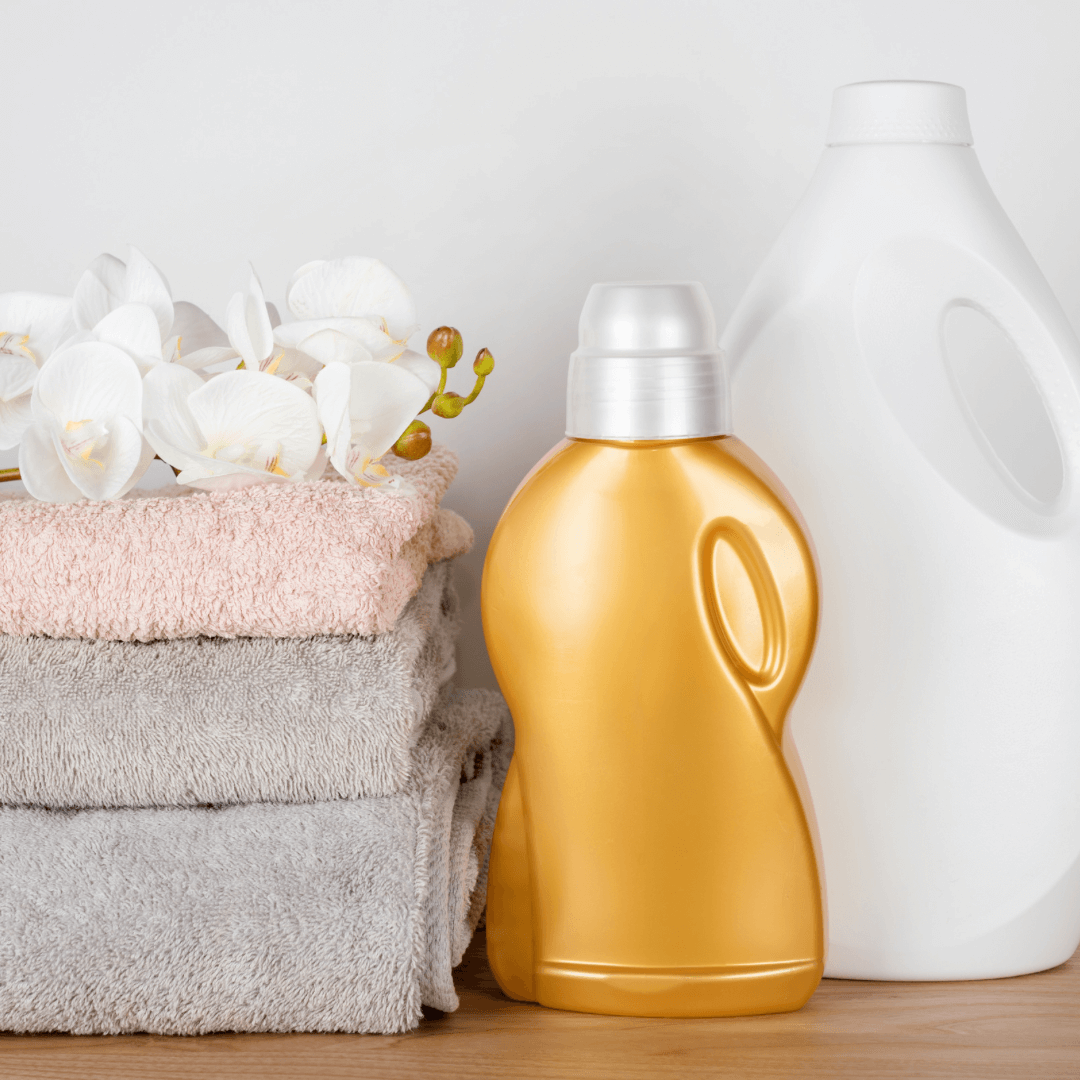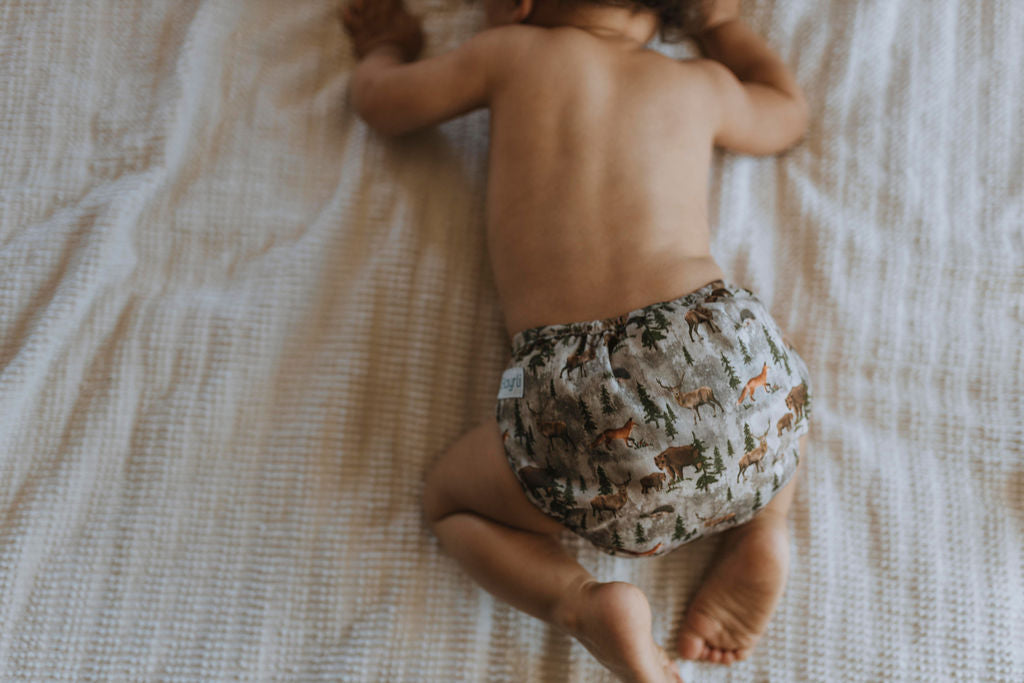
Understanding and Preventing Mold Growth on Cloth Diapers
Cloth diapers are a popular choice for environmentally conscious parents, offering numerous benefits such as cost savings and reduced waste. However, one common issue that can arise with cloth diapers is mold growth. Mold not only poses a health risk but can also lead to unpleasant odors and damage the diapers. In this comprehensive guide, we will delve into the reasons behind mold growth on cloth diapers and provide practical tips on how to prevent it. By understanding the causes and implementing preventive measures, you can ensure that your cloth diapers remain clean, fresh, and free from mold.
Mold is a type of fungus that thrives in warm, humid, and damp environments. Cloth diapers, with their multiple layers and moisture-trapping properties, can provide an ideal breeding ground for mold if proper care is not taken. Here are some key factors that contribute to mold growth on cloth diapers:
Infrequent washing
Infrequent washing allows dirt, bacteria, and other organic matter to accumulate on the diapers. These substances provide nourishment for mold spores to grow and multiply.
Improper storage
Storing cloth diapers in a damp or humid environment, such as a basement or bathroom, increases the risk of mold growth. Lack of proper ventilation and exposure to moisture contribute to the growth of mold. Read
Exposure to moisture
Excessive moisture, whether from leaks, spills, or inadequate drying after washing, can create a conducive environment for mold to flourish on cloth diapers.
Use of improper detergents
Some detergents may leave residue on cloth diapers, creating a breeding ground for mold. It is crucial to use a detergent specifically formulated for cloth diapers to effectively remove dirt and bacteria without leaving behind any residue.
Step by step guide:
Prevention is the key to combating mold growth on cloth diapers. By following these practical measures, you can minimize the risk of mold and ensure the longevity and hygienic use of your cloth diapers:
1. Wash diapers frequently: Regular and thorough washing is essential to prevent the buildup of dirt, bacteria, and organic matter on cloth diapers. Aim to wash them every one to three days, depending on your diapering needs and the number of diapers in your rotation.
2. Proper storage: Store your cloth diapers in a dry and well-ventilated area. Avoid storing them in a damp basement or bathroom, as these environments can promote mold growth. Instead, consider using a cloth diaper pail with a breathable liner or a dedicated storage bag that allows air circulation. Read our guide to storing between washes here.
3. Adequate rinsing: After each use, rinse the diapers thoroughly to remove any remaining waste or detergent residue. This step helps prevent the accumulation of organic matter that can fuel mold growth during storage or subsequent washing.
4. Effective washing routine: When washing cloth diapers, follow these guidelines to ensure proper cleanliness and minimize the risk of mold.
a. Pre-rinse: Start by giving your diapers a quick pre-rinse to remove any solid waste and the majority of pee.
b. Hot water wash long wash cycle: Wash your diapers in hot water, ideally just around 130°F (54°C), to kill bacteria and remove stains effectively. Use a cloth diaper safe detergent specifically formulated to remove dirt and bacteria without leaving residue.
c. Extra rinse cycle: Include an extra rinse cycle to ensure that all detergent is thoroughly removed from the diapers if you find it necessary.
5. Thorough drying: Proper drying is crucial to prevent mold growth. If possible, line dry the diapers for as long as possible. If you need to, tumble dry the diapers on a low heat setting, as the heat helps eliminate moisture and inhibits mold growth to ensure thorough drying. If line drying is your preference, ensure that the diapers are exposed to ample sunlight and air circulation. Make sure they are completely dry before storing them away. Read our full guide.
6. Sunning and fresh air: Sunlight is a natural disinfectant and can help kill bacteria and prevent mold growth. Whenever possible, take advantage of sunny days by sunning your cloth diapers outside. Lay them flat or hang them on a clothesline to allow the sun's rays to penetrate the fabric. Additionally, fresh air can help remove any residual odors and keep your diapers smelling fresh.
7. Regular inspection: Regularly inspect your cloth diapers for any signs of mold or mildew. Pay attention to the seams, elastic, and any hidden crevices where moisture can accumulate. If you spot any mold growth, take immediate action to address it using the methods mentioned below.
8. Mold treatment for existing mold: In the unfortunate event that mold does appear on your cloth diapers, here are steps to effectively treat it:
a. Separate affected diapers: Remove any diapers showing signs of mold growth from your diaper stash to prevent spreading the spores to other diapers.
b. Pre-soak in vinegar solution: Create a solution of equal parts water and vinegar. Submerge the affected diapers in this solution for at least an hour to kill the mold and neutralize any odors. Only complete this step when necessary as over time it can adversely affect your diapers.
c. Wash with hot water and detergent: After soaking, wash the diapers on a hot water cycle using a cloth diaper detergent. Ensure that the water temperature is safe for the fabric. Rinse the diapers thoroughly to remove any remaining vinegar or detergent residue.
d. Dry thoroughly: Tumble dry the diapers on a low heat setting or air dry them in direct sunlight until completely dry.
e. Inspect and repeat if necessary: After the first treatment, inspect the diapers for any remaining signs of mold. If necessary, repeat the vinegar soak and washing process until all traces of mold are eliminated.
Mold growth on cloth diapers can be prevented by implementing proper care and maintenance practices. Regular washing, effective drying, proper storage, and the use of cloth diaper-friendly detergents are crucial steps to prevent mold. By incorporating these preventive measures into your cloth diaper routine, you can ensure that your diapers remain clean, fresh, and mold-free. Remember, early detection and swift action are key if mold does appear on your diapers. When you promptly treat any signs of mold, you can salvage your cloth diapers and continue to enjoy their many benefits. Read more about reviving your cloth diapers in our guide.

